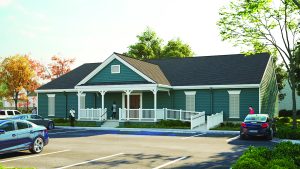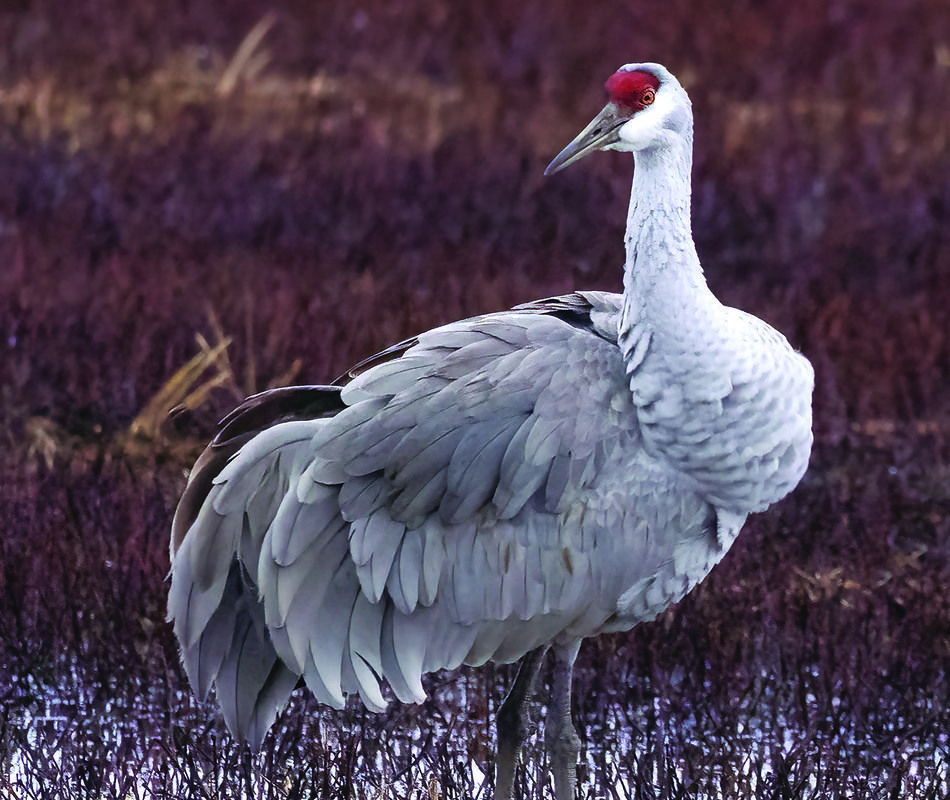There are many great reasons to visit this great state. Here are a few
From its beautiful beaches and unforgettable outdoor adventures to moving historical sites and signature Southern charm (and all the delicious iconic dishes that go along with it), Alabama is a state that never fails to delight first-time visitors as well as those who return again and again. While there are already plenty of great reasons to visit this southeastern state, we offer a few more below to add to your must-do list. Sweet home, Alabama, indeed.
Taking Flight: The Year of Alabama Birding
Bird watching may not be the first thing that comes to mind when you think of Alabama, but the Alabama Tourism Department thinks it’s high time you did. Did you know that more than 430 species of birds call Alabama home? The endangered Red-cockaded Woodpecker and the Bald Eagle are some examples. Or that the state has a 15-years-in-the-making official birding trail (Alabama Birding Trails Project) with eight trails and more than 300 birding sites around the state? To get the word out, they’ve created a year-long campaign of bird-focused promotions and initiatives.
One area on a bird-watching aficionado’s list is Dauphin Island. Located in the Gulf Coast region, this area consistently appears in birdwatching publications as one of the top 10 spots in the U.S. to see migratory birds. In both spring and fall, when the weather cooperates, this 14-mile-long barrier is filled with birds. Neotropical birds that have flown non-stop across the Gulf of Mexico use Dauphin Island as a refueling stop before making their way north to their breeding grounds.
In January, experience Eagle Awareness weekend near Guntersville State Park, located on the far north side of the city of Guntersville in Marshall County. Spot majestic bald eagles as they soar through the skies. Another January bird-focused event is the Festival of Cranes at Wheeler National Wildlife Refuge, which offers intriguing insights with talks, nature walks and kids’ activities.

The Edmund Pettus Bridge carries U.S. Route 80 Business across the Alabama River in Selma, Alabama. Photo courtesy of Art Meripol.
History in the Making: Alabama Blackbelt National Heritage Area
Encompassing multiple countries, the Black Belt region of Alabama and the rivers that flow through it represent one of North America’s great centers of biological and cultural diversity. In January 2023, President Joe Biden designated the Black Belk as a National Heritage Area, which allows up to $1 million in federal funding each year to go toward its protection and preservation to help create new funding and tourism opportunities. It is only one of two National Heritage Areas in Alabama.
The Alabama Black Belt area includes several natural landmarks, including Tuskegee National Forest, Talladega National Forest and at least two sites of importance to Native American history (Moundville Archaeological Site and Jere Shine site). It also includes historical sites relevant to African American history in Alabama, including Tuskegee Institute and Tuskegee Airmen National Historic Site. Civil Rights-relevant landmarks are included here as well, such as the Selma to Montgomery National Historic Trail; which includes the Edmund Pettus Bridge, First Baptist churches, and the Brown Chapel A.M.E. Church. A number of museums call the Alabama Black Belt home too: National Voting Rights Museum, The Legacy Museum, Rosa Parks Museum, and the Freedom Rides Museum.

The dedication of the sculpture in the Africatown Heritage House Memorial Garden coincided with the announcement of the opening date for Clotilda: The Exhibition at the soon-to-open Africatown Heritage House this summer. Photo courtesy of Goodwyn Mills Cawood Architecture.
House Rules: Africatown Heritage House
Set to open on July 8, the 163rd anniversary of the date America’s last slave ship, The Clotilda, arrived in Mobile, Africatown Heritage House will focus on the descendants of the survivors who arrived in this country in shackles. It will introduce the world to 110 remarkable men, women and children, from their beginnings in West Africa, to their enslavement, to the development of their Africatown community. Their stories will be shared through a combination of interpretive text panels, documents and artifacts, including some pieces of the sunken ship scientifically verified to be The Clotilda.
In February, artists Charles Smith, who works in clay, and Frank Ledbetter, who works in metal, unveiled their collaborative art piece titled “The Memory Keeper.” The sculpture features many marine animals that are common to both Alabama and West Africa. The dedication of the sculpture in the Africatown Heritage House Memorial Garden coincided with the announcement of the opening date for Clotilda: The Exhibition at the soon-to-open Africatown Heritage House this summer.
Right on Track: Amtrak Service Between Mobile and New Orleans
While a specific date has yet to be announced, there seems to be progress in the return of passenger train service to the Gulf Coast in the upcoming year. The plan calls for two trains to run twice a day between Mobile and New Orleans, leaving each city in the morning and returning in the evening. The Amtrack service should make travel much easier for tourists, enabling them to visit the state without having to rent a car.
By Lisa Shames
Main photo: Sandhill Crane. Photo courtesy of Beth Covan Drake

